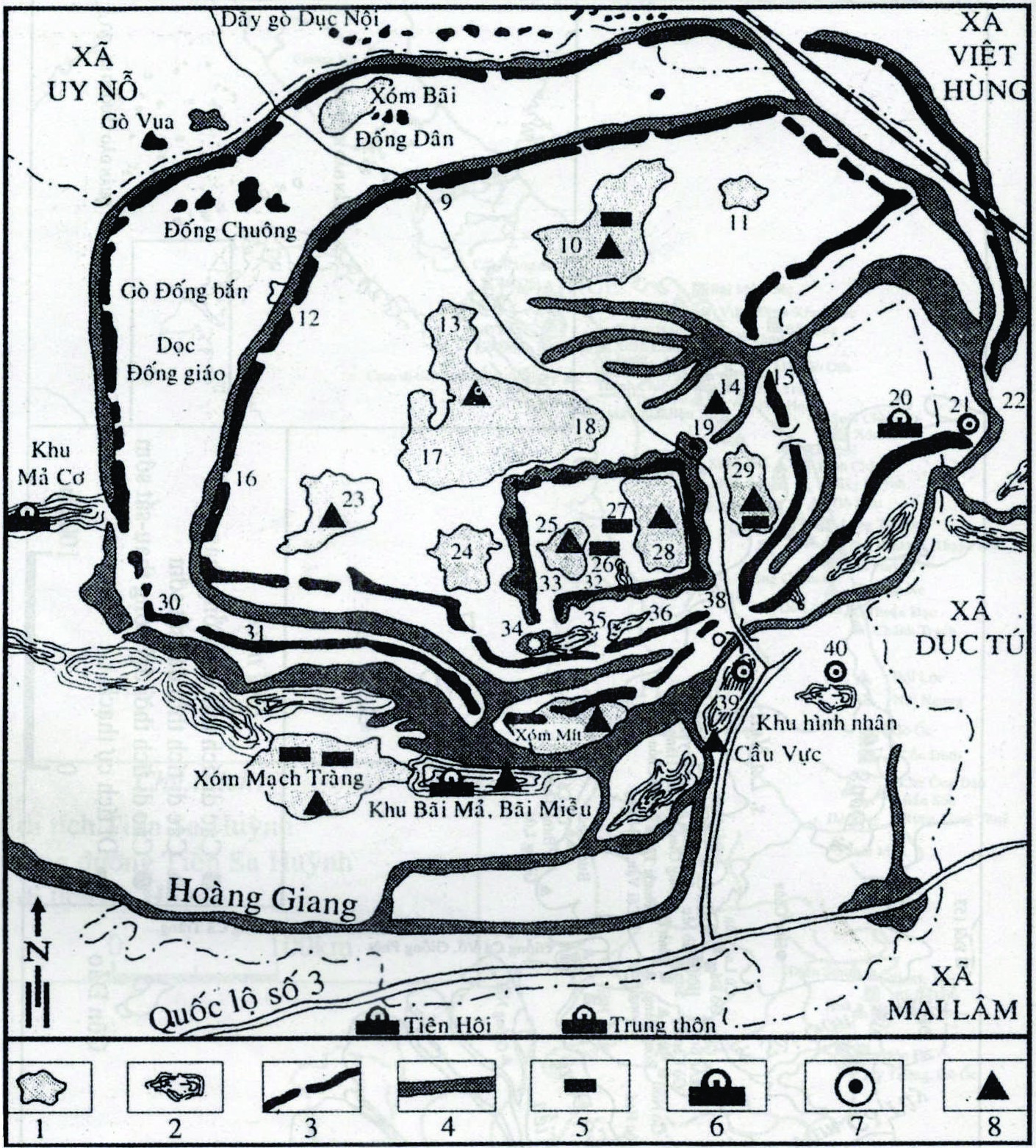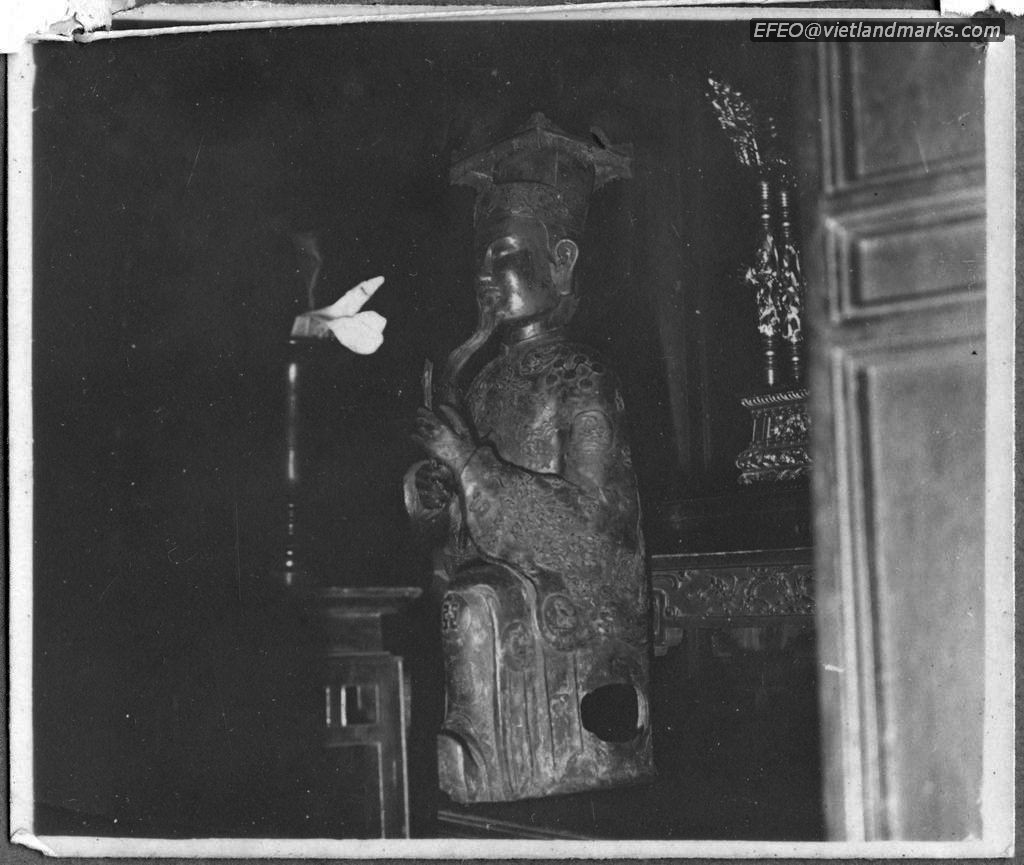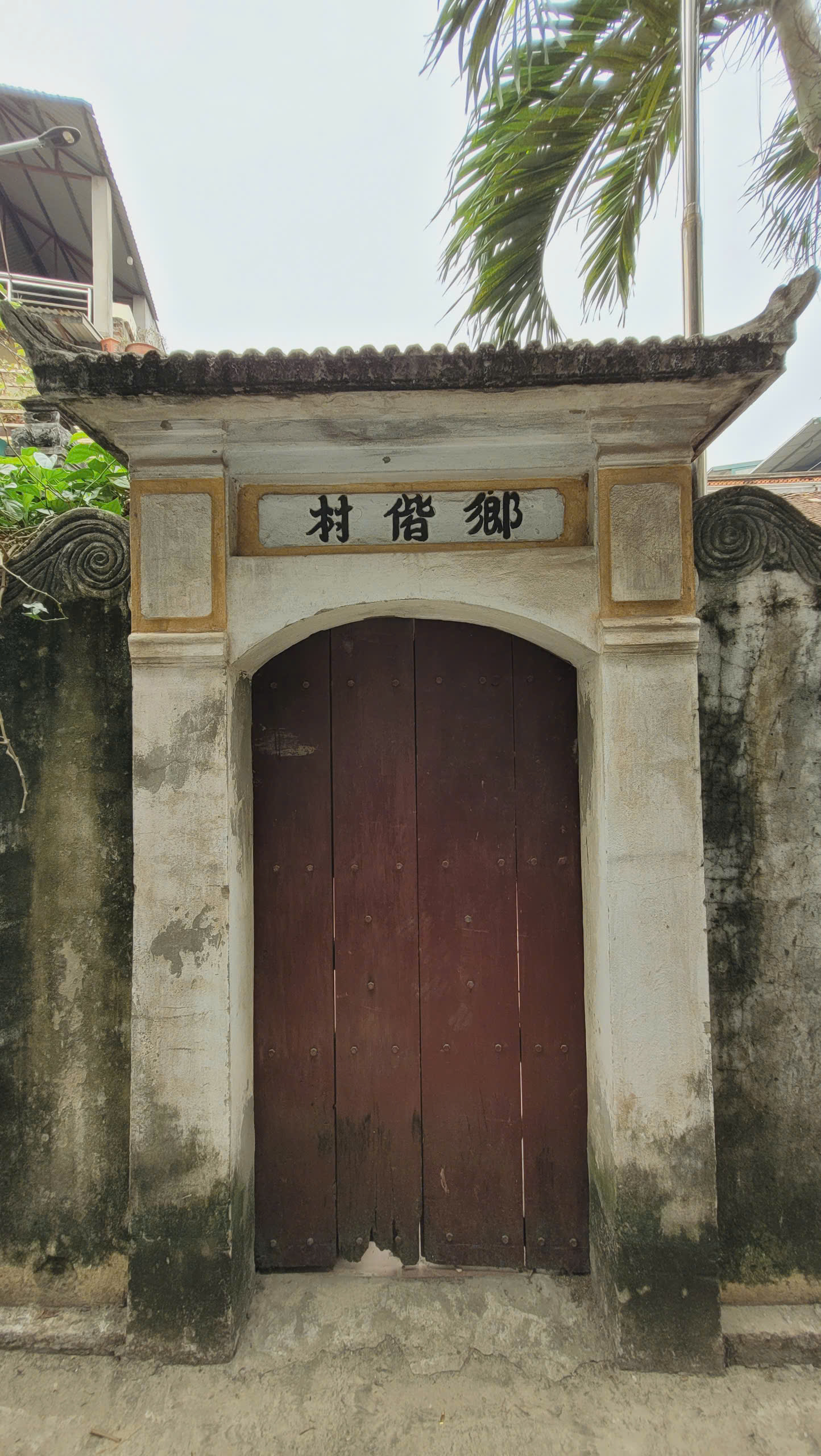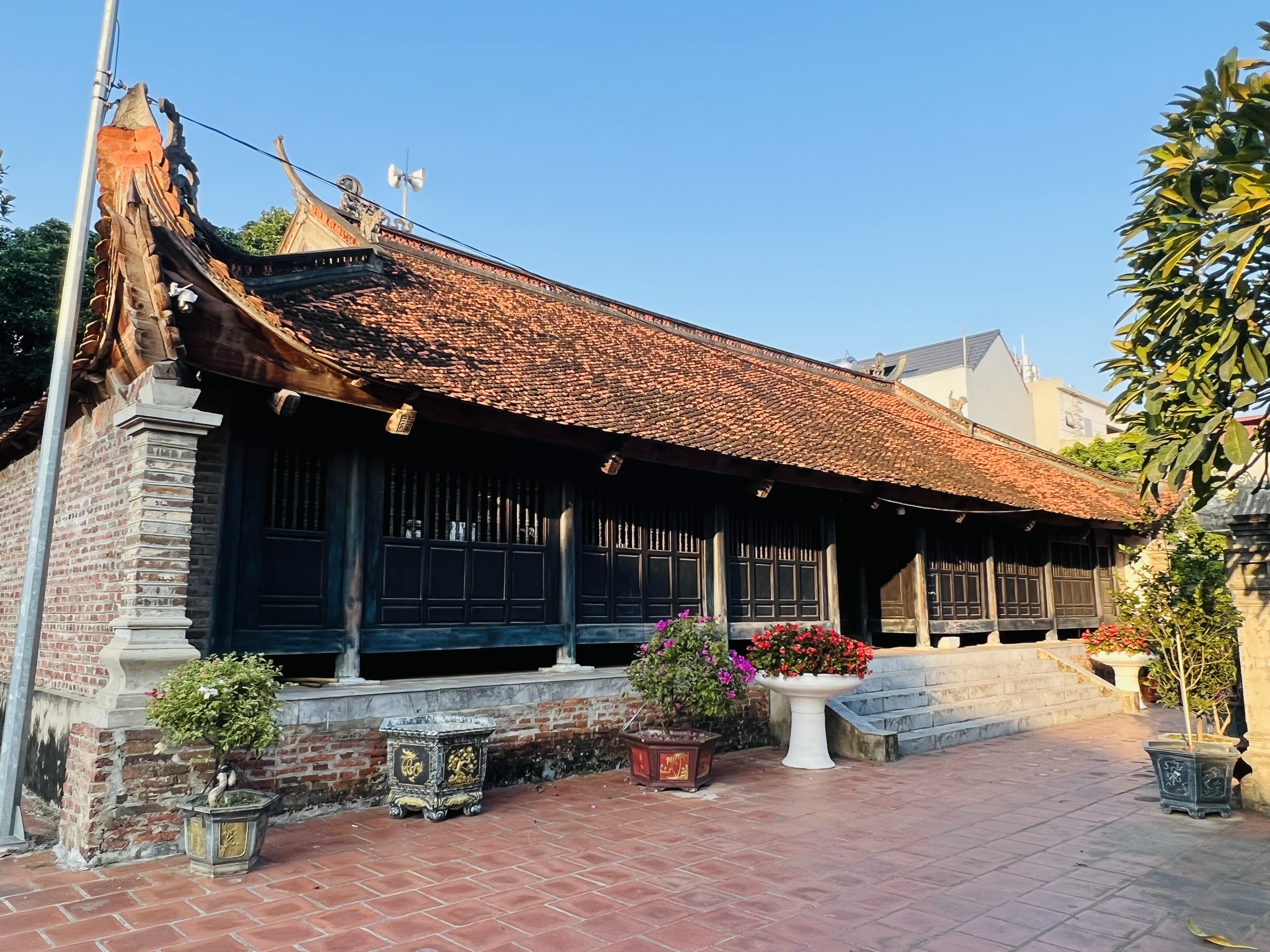
The Cổ Loa vestige site, 17km from the center of Hanoi, in Dong Anh district, Hanoi, is considered a special cultural address of the capital as well as of the whole of Vietnam. Cổ Loa has a series of archaeological sites that have been found, reflecting the continuous development of our nation from the early days through the Stone Age, Bronze Age and Iron Age, the peak of which is the Đông Sơn culture, still considered the prehistoric Red River civilization of the Vietnamese people.
Associated with those historical periods, currently in Co Loa there are 4 typical artifacts and groups of artifacts recognized by the Prime Minister as National treasures, namely: Cổ Loa mold collection (Đông Sơn culture - 3rd century BC), Cổ Loa bronze drum and Cổ Loa bronze plowshare collection (Đông Sơn culture - 3rd century BC), statue of King An Dương (dated 1897) and most recently, in Decision No. 73/QD-TTg dated January 18, 2024, the Prime Minister signed the Decision to recognize National treasures (set 12) for 29 artifacts and groups of artifacts, including a pair of stone dragon handrails in the Upper temple (Cổ Loa vestige site), during the Le Trung Hung period ( Restored (Posterior) Le dynasty).
 A pair of stone dragon handrails at the outer gate of Cổ Loa Temple (photo taken in the early 20th century)
A pair of stone dragon handrails at the outer gate of Cổ Loa Temple (photo taken in the early 20th century)
The pair of stone dragon handrails are placed in front of the outer gate, the Upper Temple (the temple worshiping King An Dương, Cổ Loa Temple) also known as "Chính Phap Dien", located on a high ground, in the southwest corner of the Inner Rampart. According to legend, this was the Royal Palace of King An Dương. After many times of restoration, embellishment and expansion, the temple area today has a fairly large scale and is complete with a total area of about 2.1 hectares. The temple was built facing south, the main architectural works of the temple are located on the main road (God road). From top to bottom, according to five different levels including: Sanctuary, Middle hall, Forecourt, Upper Dragon yard, inner ceremonial gate, lower dragon yard, outer ceremonial gate, road, Jade well. According to feng shui and Eastern concepts, the place where the temple is built has a location that gathers spirits and blessings, with water flowing from East to West, in the right direction of the water flow from the positive to the negative, so it can maintain long-lasting blessings. The Upper Temple area has a throne-like land, in the shape of "dragon and tiger", above is high land, below is water, where yin and yang interact, creating the power of harmony between heaven and earth, creating sacredness. The south direction is suitable for the Emperor according to the concept of "Thánh nhân, Nam diện nhi thính thiên hạ" (The King looks to the South to listen to the hearts of his people), also the direction of compassion.
The first architecture when entering the Upper Temple is the outer ceremonial gate. On a large stone-paved yard in front of the gate, there are three stone incense-burning pillars. These pillars are square stone pillars supporting incense burners, shaped like lotus pedestals, nearly 1.4m high, each side measuring 0.24m. The four sides of the incense pillars are engraved with Chinese characters. In particular, the southern side of the western pillars also has content about the year of creation of the pair of handrails : "Cao thiện nam xã Cổ Loa huyện Đông Ngàn, phủ Từ Sơn là một xã hộ nhi tạo lệ, xấu hổ vì phong tục hèn mọn của mình đã được đội ơn đầy dương sinh sống yên vui ở Loa thành được hưởng đức lớn, âm dưỡng, sống bình yên ở đàm Nhạn được hưởng sự thương mến của bề trên, xét mình còn thiếu sót về lòng trung bính. Bởi đây vào năm Bảo Bình(1) tháng Nhạn lai(2) trời mở lòng cho, lòng người bèn thuận, nhân đó làm 2 con rồng đá cung tiến ở ngoài cửa điện chính pháp. Đến năm Thiên Bình (3), tháng Hồng tàng (4) thì thần giáng phúc, hợp với giấc mộng Đa ngư (5) lại làm 2 đài thắp hương cung tiến vào..". . Notes: (1) Bảo Bình: year of Mouse, (2) Nhạn lai, (3) Thiên Bình: year of Dragon, (4) Hồng tàng, (5) Đa ngư: unknown.
Based on the inscriptions on the north side, the date of making the three pillars is recorded: "Vĩnh Hựu nhị niên thập nguyệt cốc nhật", meaning auspicious day in the 10th month of the second year of Vinh Huu – ie 1736, the year of Vinh Huu 1736 is the year of Dragon. Therefore, it can be known that the year of Bảo Bình - the year of Tý (Mouse) that the engraving on the south side recorded is the year Nhâm Tý, the first year of Long Đức – ie 1732.

The pair of handrails of Co Loa temple dated 1732 is the only ones in the whole country associated with a famous relic, worshiping King An Dương - the king who founded the Âu Lạc, 3rd century BC. It is a pair of handrails in the architecture of the Upper Temple, located in the Co Loa special national vestige site. The size, structure and decorative patterns of the handrails are not repeated in any relic in Vietnam with the same function and age.

The pair of stone dragon handrails of the Upper Temple (photo taken in the early 20th century)
Please watch part 2: National treasure – A pair of stone dragons handrails of the Upper Temple (Co Loa), Le Trung Hung period (Uniqueness of the artifact).
MANAGEMENT DEPARTMENT OF CỔ LOA VESTIGE SITE








